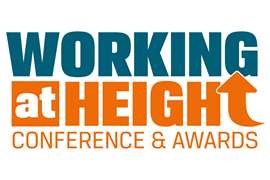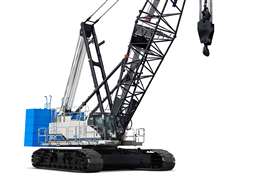Seizing the opportunity
15 December 2017
Recent data show that in the past year, job growth at women-owned companies is nearly flat, with an increase of only 0.1 percent. While transportation companies could certainly sympathize with such numbers, it should be noted that within this challenge, there is opportunity.
In fact, two groups – women and veterans – have landed on industry workforce radar screens in recent years, for a simple reason: they tend to be safer drivers who work more and stick around longer (according to Omnitracs data).
A decade-worth of data via Omnitracs points to one conclusion: women and veterans make for excellent truck drivers. And especially for women, trucking often pays better than a private-sector job.
But according to a recent piece in FleetOwner® by Josh Fisher, fewer than nine percent of truckers are women – and only 19 percent of overall transportation workers possess a military background.
A viable answer
Industry challenges like driver retention, competency and available talent have become all-too familiar tropes for trucking companies nationwide. But the data says that women and veterans represent a viable answer to some consistent industry questions.
According to Fisher, from October (2016) to September (2017), there wasn’t a single month where women truckers had a higher turnover rate than men. Additionally, there were only two months over that same time period where women had more severe accidents than men.
Another interesting piece of information that came from Fisher’s report revealed that women, on average, drove more miles than male truckers in the past year – more than 7,500 miles.
Best of all for both women and veterans, the statistics are similar. And recent proposals coming from the Federal Motor Carrier Safety Administration are looking to make it easier for veterans who drove large vehicles in the military to acquire a CDL once they return home.
At a time when trucking companies around the world, and especially in the U.S., are endeavoring to solve the litany of challenges connected to running a well-staffed, productive and safe fleet, it’s worth looking at a piece of the workforce that some might consider hidden in plain sight.
It’s worth looking at women and veterans as a potential solution to some of your driver needs. The numbers say they’re safer, more productive and even more loyal. Sounds like a recipe for success.
A productive future
Set for this coming February 27-March 2, in St. Louis, MO, the 2018 SC&RA Specialized Transportation Symposium makes a point to highlight women in the industry.
From the jump, Kim Yeager, director of Marketing & Member Relations with the Nevada Trucking Association, moderates the Opening Session – How Changing Your Company’s Values and Hiring Practices Can Lead to Greater Success – presented by Marcia Taylor (CEO, Bennett International Group) and Ellen Voie (president & CEO, Women in Trucking).
Within the session, both women build on the findings from a recent study by global management consulting firm McKinsey and Company revealing that companies that are more gender diverse enjoy 15 percent better financial returns than those without women.
Audience members will hear how Taylor transformed Bennett into a $266 million logistics and freight services powerhouse with a “we care” motto that reaches customers through loyal employees. Additionally, Voie will explain that, while women have traditionally been underrepresented in the specialized transportation industry, the trend is changing as more companies realize the practical benefits of hiring more women.
Both speakers will walk attendees through the practical steps that can be taken to change staffing practices and include more women in the specialized transportation workforce for greater success in all areas and levels of their companies.






